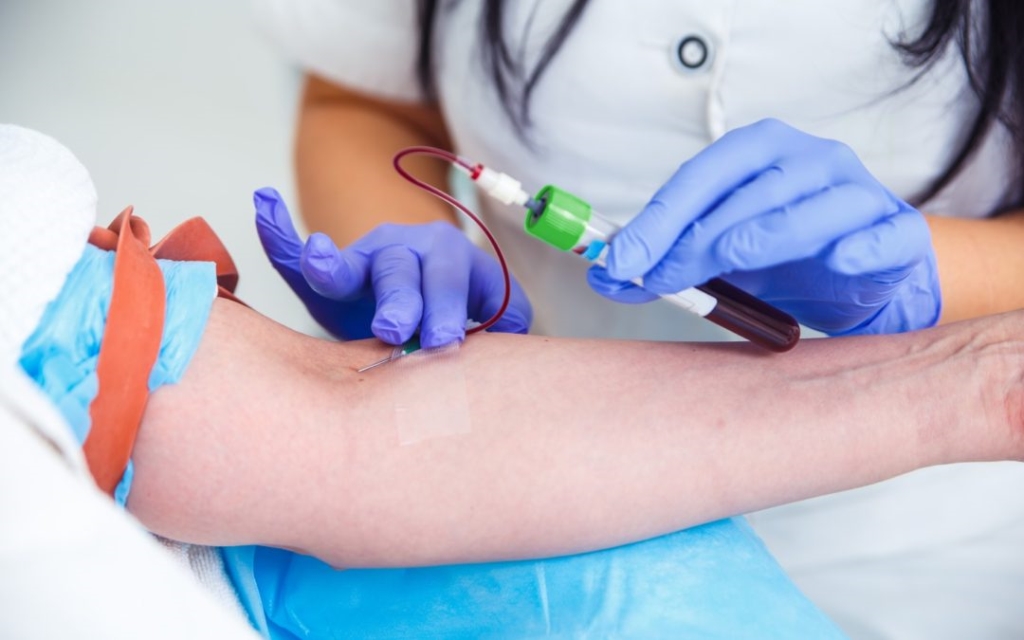Mastering Phlebotomy Techniques: Essential skills for Accomplished Blood Collection
phlebotomy is an essential skill in the healthcare field, playing a crucial role in diagnosing medical conditions and monitoring patient health. Mastering phlebotomy techniques is key for anyone looking to excel in this vital area of practice. In this thorough guide,we will delve into the essential skills needed for successful blood collection,practical tips,and the benefits of mastering these techniques.
The Importance of Phlebotomy in Healthcare
Phlebotomy involves the process of drawing blood for various medical tests, blood donations, or transfusions. Understanding its meaning is crucial for aspiring phlebotomists:
- Diagnostic Accuracy: Blood tests are essential for diagnosing numerous conditions.
- Patient Monitoring: Regular blood draws help monitor ongoing conditions.
- Research and Development: Blood specimens contribute to medical research and advancement.
Essential Phlebotomy Techniques
Mastering the following techniques will greatly enhance your proficiency in blood collection:
1. Preparation and patient Interaction
Creating a calming environment and effectively communicating with patients can considerably ease the blood collection process. Here’s how to prepare:
- Introduce yourself and explain the procedure.
- Obtain informed consent and answer any questions.
- Verify patient identity using two identifiers.
2. Choosing the Right Equipment
Selecting appropriate tools is vital for successful blood collection.Commonly used equipment includes:
| Equipment Type | Purpose |
|---|---|
| Needles | Used for puncturing the skin to access veins. |
| Vacutainer tubes | Collect blood samples for testing. |
| Alcohol wipes | Clean the skin to prevent infection. |
| Tourniquet | Helps to engorge veins, making them easier to locate. |
3. Site Selection and Vein Puncture Techniques
Identifying the correct site and performing the puncture accurately are crucial steps in blood collection.
- Common venipuncture sites include the median cubital vein, cephalic vein, and basilic vein.
- Apply the tourniquet about 3-4 inches above the puncture site.
- Use palpation techniques to locate the vein, and remember to insert the needle at a 15-30 degree angle.
4. Blood Collection Techniques
Proper techniques during blood collection can minimize patient discomfort and improve sample quality:
- Stabilize the needle after insertion to avoid shifting.
- Collect the blood samples in the correct order of draw to avoid contamination.
- Fill the appropriate vacuum tubes fully.Do not mix additives without caution.
Benefits of Mastering Phlebotomy Techniques
Enhancing your phlebotomy skills can lead to several benefits, including:
- Improved patient satisfaction and trust.
- Higher accuracy in obtaining blood samples for testing.
- Reduced anxiety and discomfort for patients during procedures.
- Increased job prospects in a competitive field.
Practical Tips for Success in Phlebotomy
To enhance your blood collection abilities, consider incorporating these practical tips into your practice:
- Practice regularly to build muscle memory and confidence.
- Stay updated with the latest trends in phlebotomy techniques.
- Seek feedback from more experienced phlebotomists to identify areas for improvement.
- Maintain a calm demeanor; your attitude can influence the patient’s experience.
Real-Life Experiences and Case Studies
Learning from firsthand experiences provides invaluable insights. Here’s a case study that highlights the importance of technique:
“During my early days as a phlebotomist, I struggled with locating veins in anxious patients. After dedicating time to refine my palpation techniques and learning to ease patient anxiety, I saw a significant improvement in my success rate. Now, I focus heavily on patient interaction before the procedure, and it has made all the difference!”
Conclusion
Mastering phlebotomy techniques is not just about drawing blood; it encompasses communication, preparation, and continued learning. By developing the essential skills outlined in this guide, phlebotomists can ensure successful blood collection procedures, enhance patient experiences, and contribute positively to the healthcare industry. whether you are just beginning your journey or looking to sharpen your skills,focusing on these techniques will lead to a successful and fulfilling career in phlebotomy.
